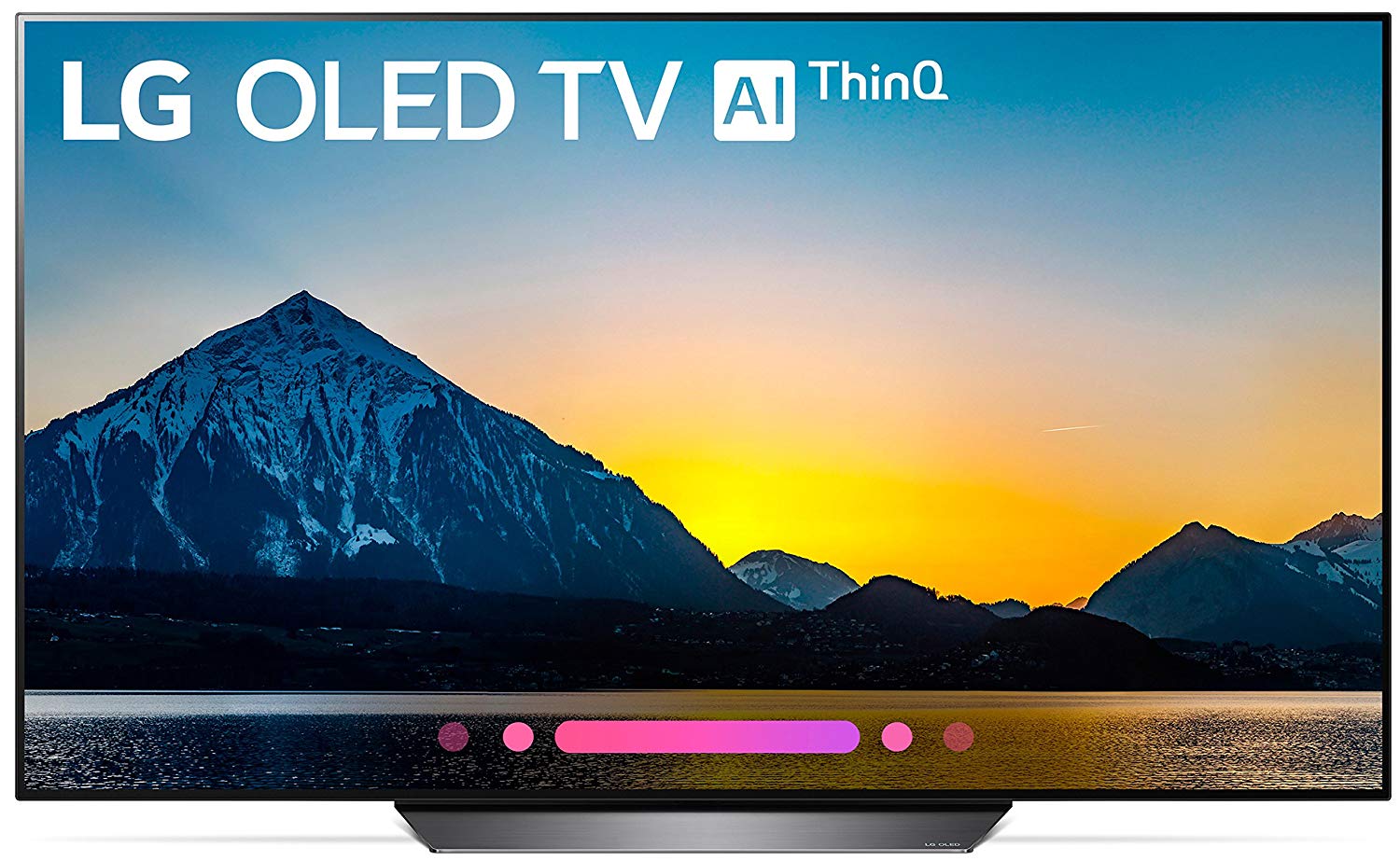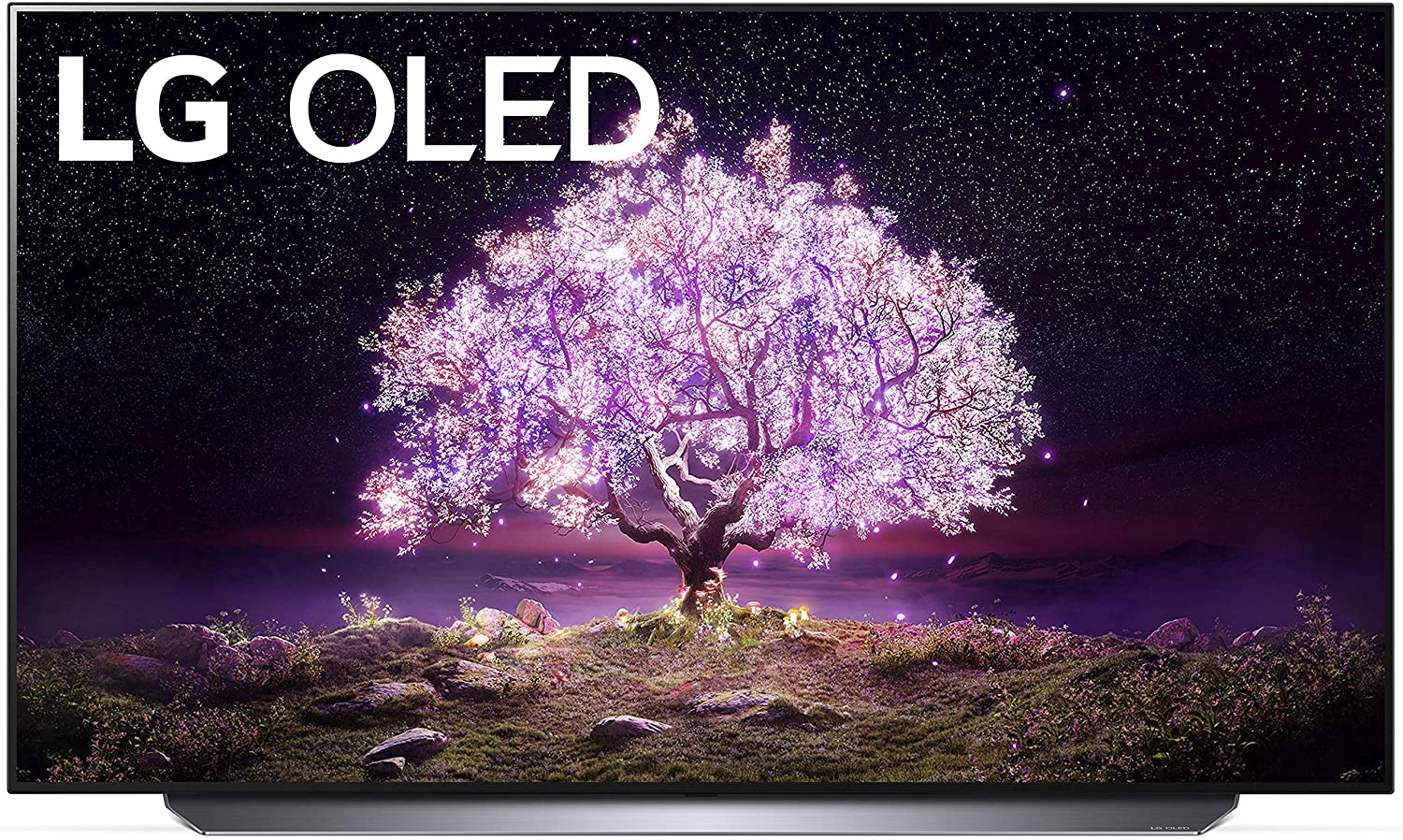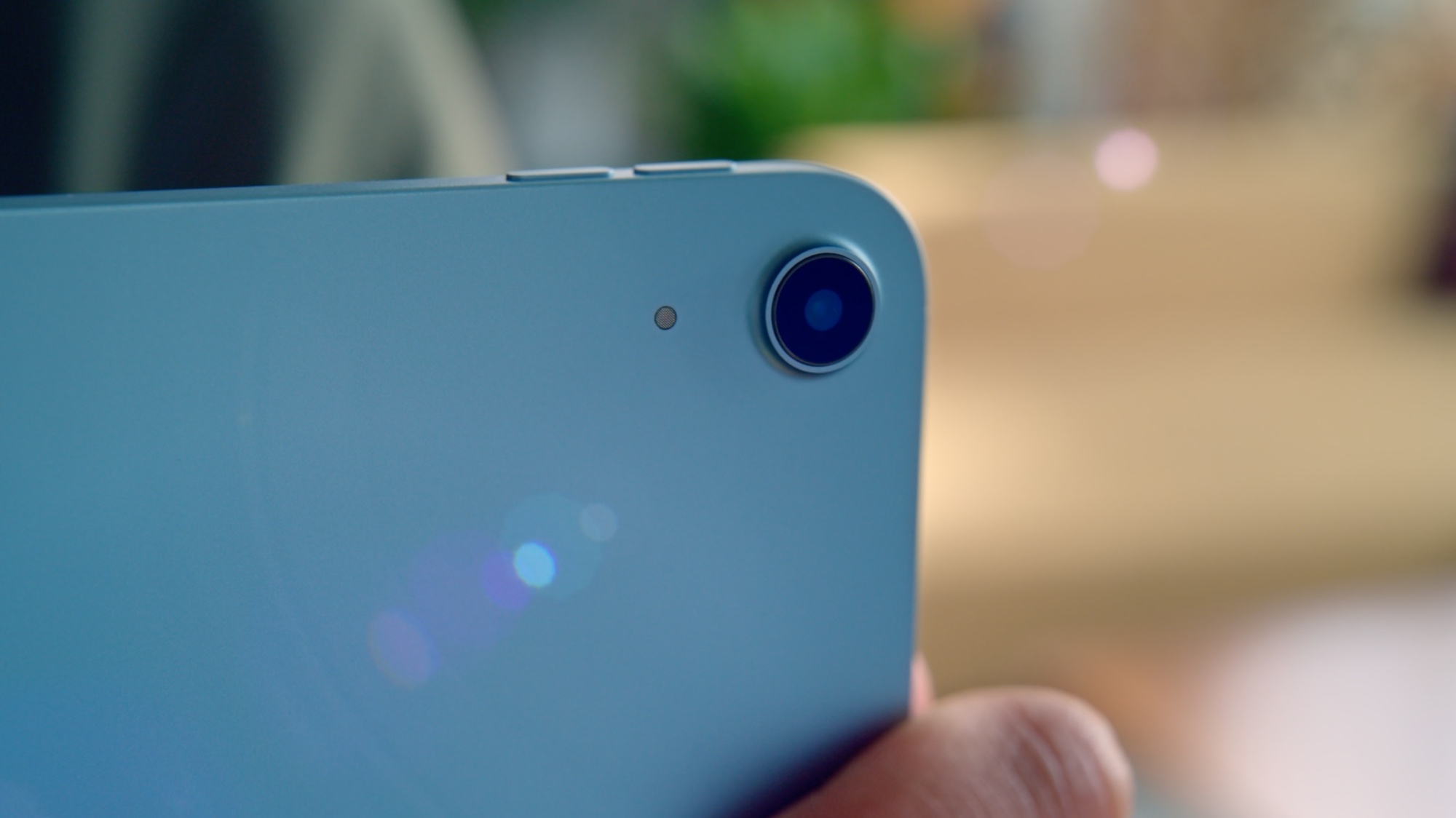
One of the biggest fears I hear about folks shopping for a new OLED TV — and biggest complaints I get from disgruntled first-generation OLED buyers — is about pixel degradation and/or burn-in ruining the TV after a few years.
Although those fears have been exaggerated some, I don’t want to dismiss those concerns outright. In fact, if you bought an OLED TV when LG first started making them, you’ll need to be especially careful in how you use the TV. I’ve written about how to prevent burn-in on your OLED TV in the past, but in short, the best thing you can do is reduce the amount of time a static image stays on the screen, vary the kind of content you watch and use the pixel shift and pixel refresh option every few months.
That said, newer OLED TVs aren’t as prone to pixel degradation thanks to a major change in the manufacturing process. I’ll go into the science down below, but the TL;DR is that LG Display, the primary maker of OLED panels that go into LG OLED TVs, improved the longevity of the organic element (the ‘O’ in OLED) by a factor of five using a stable hydrogen isotope called deuterium.
Now, newer OLED TVs like the LG C1 OLED, LG C2 OLED and LG C3 OLED aren’t completely immune to effects of burn-in and pixel degradation, but here’s why it occurs much less frequently now than it did on those first-generation OLED models.
The evolution of OLED

Most reader emails I get about OLED TVs start off in one of two ways: they either lament the deprecation of plasma TVs or they call me a shill because I advocate for OLED. The latter I don’t have time for but the former point I can sympathize with — plasma really was special.
Early OLED TVs were seen as the torch-bearer for plasma TVs after manufacturers moved away from their production. That's because OLED offered great black levels and fantastic color saturation. However, they cost a mint because of the low yields of the manufacturing process and the overhead of R&D.
That original process also used carbon-hydrogen bonds in the organic element that, as image scientists found out later, were relatively quick to deteriorate. The replacement was found in deuterium, a hydrogen isotope that provided a more stable bond for the carbon atoms. There’s a whole white paper on deuterium bonds if you feel so inclined to read it.
Get instant access to breaking news, the hottest reviews, great deals and helpful tips.
To market this new technology, LG Display came up with the name 'OLED EX' that represented not just the change in chemical properties but also the software optimizations LG made to the lighting algorithm that controls the backlight.
The result was a better, brighter OLED panel that made its way into 2021 OLED TVs, including the LG C1 OLED.
Which OLED TVs are bad, and which ones are good?

Right, so which OLED TVs are the ‘bad’ ones? Despite their incredible picture quality for the time, any OLED TV from 2017, 2018, 2019 and 2020 used carbon-hydrogen bonds in the organic element, meaning that they’re more prone to deterioration over time.
Need proof? If you head over to the LG C7 OLED product page on LG’s website you’ll see a lot of owners with the same complaint — they bought the TV when it came out at full price, and now that TV is starting to have burn-in or pixel degradation issues.
When reviewers tested these TVs in 2017 — myself included — we could only speculate on potential issues and without extended testing periods of several years, had no idea that the TVs wouldn’t last the decade like many had hoped they would.
Unfortunately, that’s the way it is with all technology. Our extensive TV testing process that includes dozens of hours in our lab and in our homes attempts to get the clearest possible picture of how a TV performs, but even with that information we can’t guarantee that the products will continue to perform for years — or decades — after you buy them.
Where does OLED go from here?

All we can say for sure at this point is that OLED technology continues to improve in performance and decrease in price. Production yields have risen and LG Display now makes OLED panels in smaller sizes like 42 and 48 inches, which means that models that cost nearly $3,000 a few years ago now cost half that amount.
New OLED TVs like the LG G3 OLED are getting brighter thanks to the inclusion of micro lens array technology that LG Display has named 'OLED META,' while quantum dot filters are enhancing the color reproduction abilities of QD-OLED TVs like the Samsung S95C and Sony A95K OLED TVs.
Beyond that, we’re looking to innovations like PHOLED (phosphorescent organic light emitting diode) technology that uses a blue phosphorescent sub-pixel to improve brightness and longevity even further. Only time will tell how well that technology works as it’s still in R&D, but we’re optimistic about the future of our favorite display technology.
It’s been a long road to get to this point, and it hasn’t been problem-free, but there’s genuinely a good reason to be excited about OLED despite its past issues.
More from Tom's Guide
- Shopping for a cheap TV? 3 to buy and 1 to skip
- I test TVs for a living and these are my top 5 picks for all budgets
- If I only had $500, this is the one TV I'd buy right now

Nick Pino heads up the TV and AV verticals at Tom's Guide and covers everything from OLED TVs to the latest wireless headphones. He was formerly the Senior Editor, TV and AV at TechRadar (Tom's Guide's sister site) and has previously written for GamesRadar, Official Xbox Magazine, PC Gamer and other outlets over the last decade. Not sure which TV you should buy? Drop him an email or tweet him on Twitter and he can help you out.
